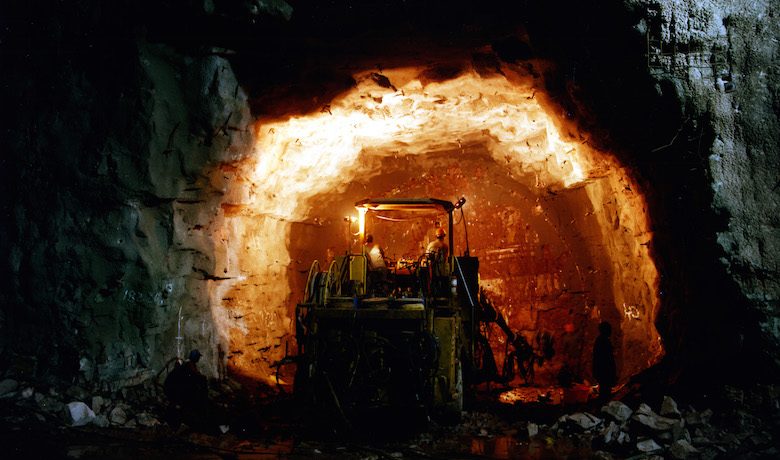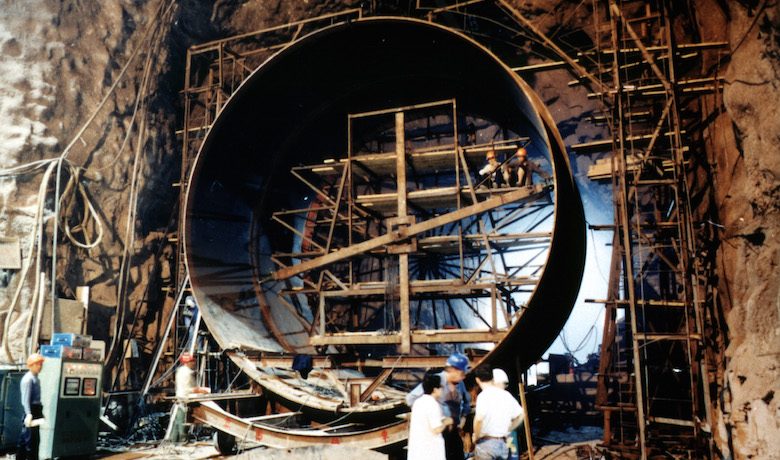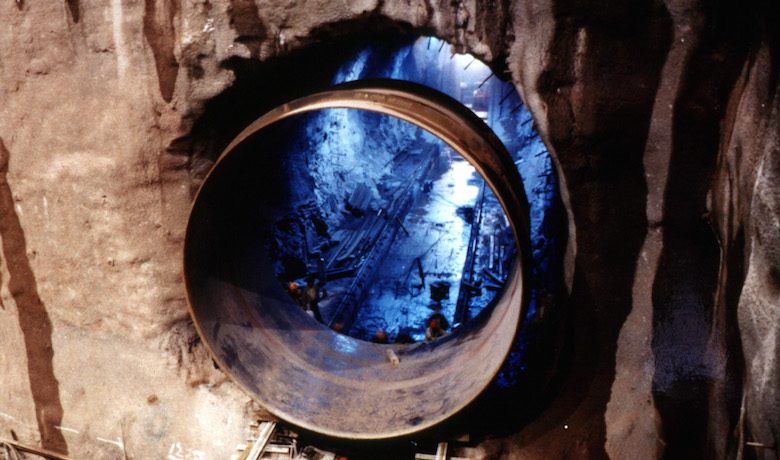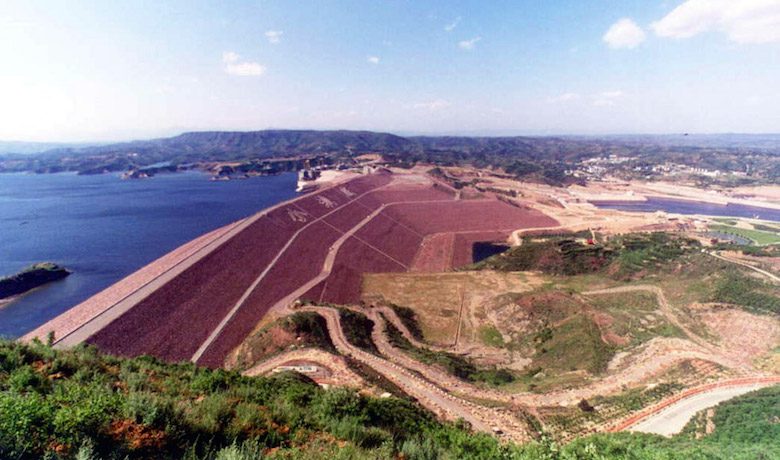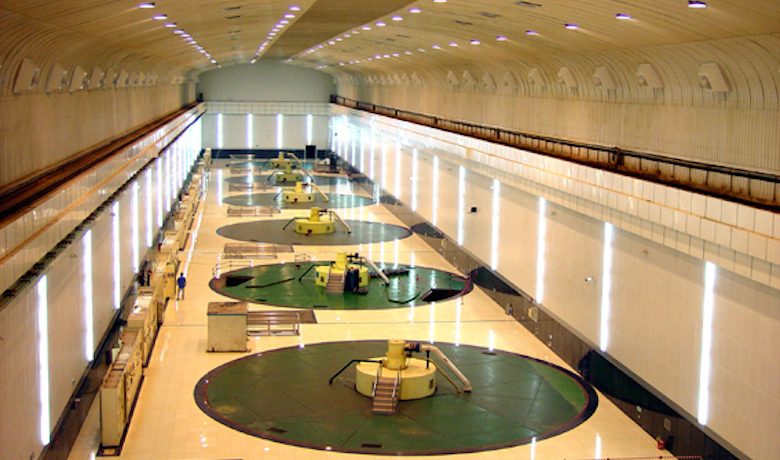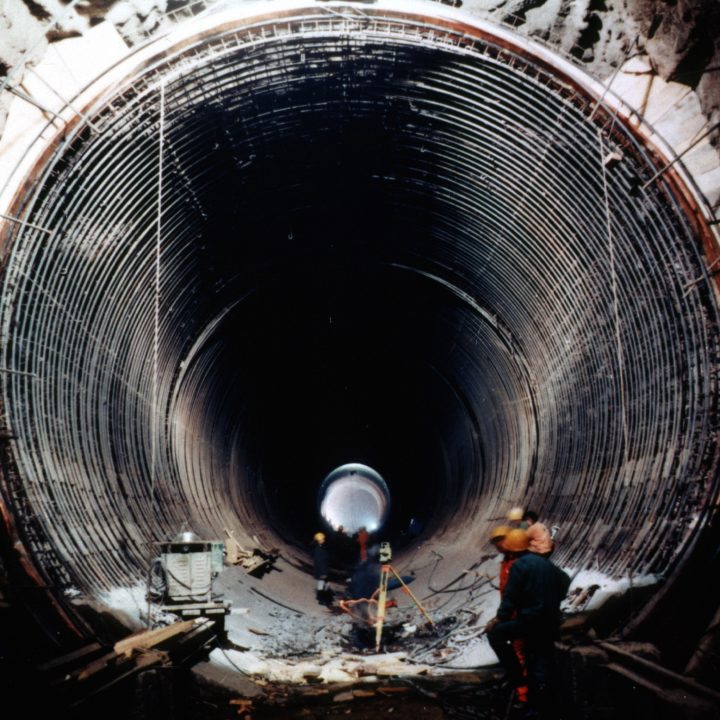BACKGROUND
The Yellow River is both one of the cradles of Chinese civilisation and the source of very destructive flooding. In the past 3,000 years, the river has broken through embankments built to contain its flow and changed its course no fewer than 26 times. Consequently, it comes as no surprise that, in 1952, Chinese authorities sought to reinforce the safety of riverside residents. The idea of building a dam emerged in the 1980s. On April 9, 1991, the project was approved in the fourth session of the People’s National Congress, joining the list of major construction projects in the eighth five-year plan. The entire project was completed in January 2001, 13 months ahead of schedule. Construction on our lot lasted nearly 64 months from August 1994 to December 1999 and was completed 7 months ahead of the contract deadline of July 2000.


